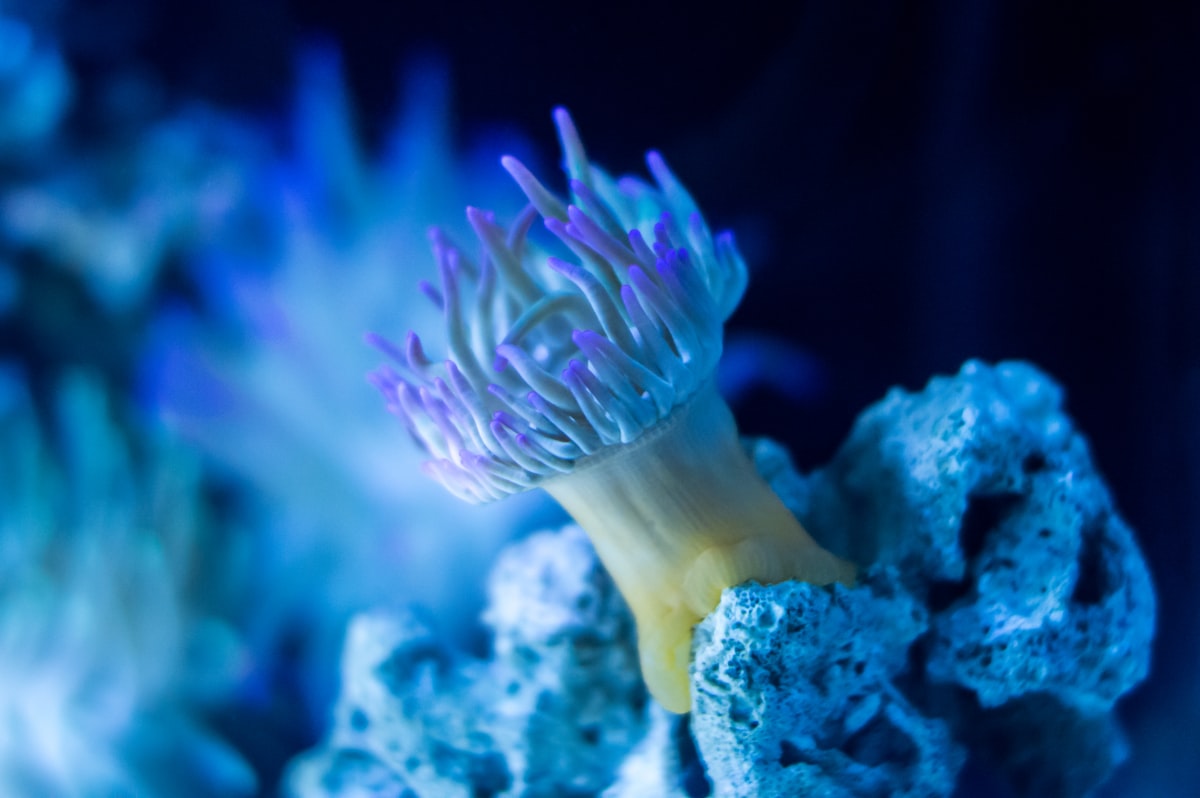Veracruz reef ecosystem in danger of disappearing
It is the most extensive in the Gulf of Mexico. From 1966 to date, coral cover has decreased by almost 40 percent. They are also affected by discharges from the Jamapa, Papaloapan, Actopan, and La Antigua rivers.





